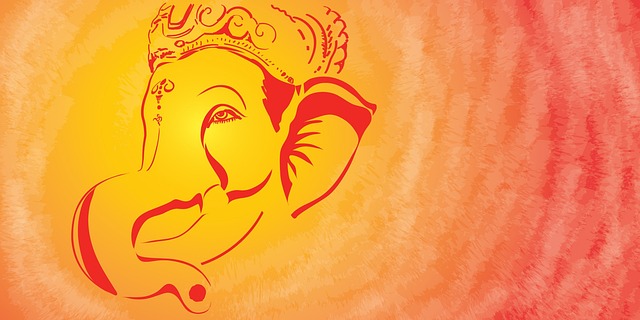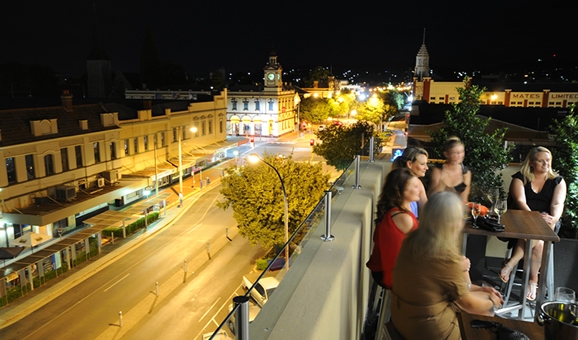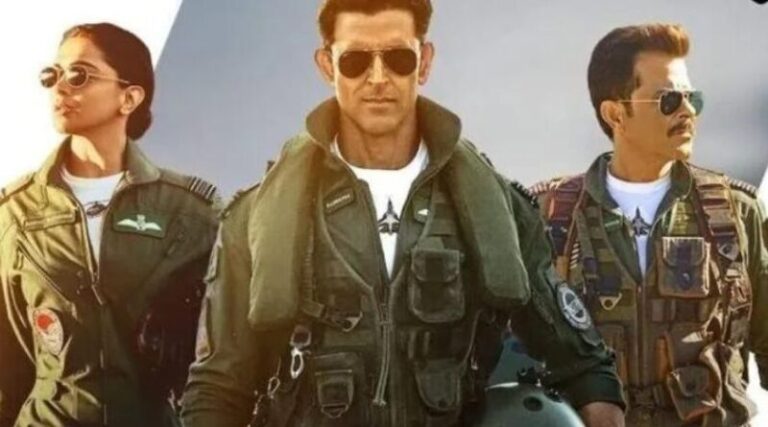In India, Ganesha Chaturthi is celebrated fervently for ten days. Ganesha was born on the Chaturthi Tithi of Shukla Paksha in the Bhadrapada month. Generally, Ganesha’s birthday falls between August and September every year. This year, 2023, it falls on August 19.
Huge clay idols and statues of Ganesha are erected on the stages at the center of cities. Devotees offer and worship him with flowers, sweets, rice dumplings, and sundal. All the ten days, devotees from various parts of the cities come to worship Ganesha. So, one can see huge crowds everywhere.
On the last day, all Ganesha statues and clay idols are taken in a procession. Devotees immerse idols of Ganesha in the seawater with complete devotion, uttering his mantras. Thus, people culminate Ganesha Chaturthi grandly. Like all the festivals and celebrations, Ganesha Chaturthi also has its history.
History of Ganesha Chaturthi
Our nation celebrates the ten-day-long Hindu festival to honor the eldest son of Shiva and Parvati, the elephant-headed Ganesha’s birthday. Some histories date back to the Ganesh Chaturthi celebrations to the Satavahana, Rashtrakuta, and Chalukya dynasties from 271 BC to 1190 AD.
Some historians say that Chatrapati Shivaji initiated the Ganesh Chaturthi celebrations to promote culture and nationalism. The Peshwas also continued this festival celebration for whom Ganesha was a family deity.
Ganesh Utsav and Bal Gangadhar Tilak
The Indian Rebellion year 1857 is called the Sepoy Mutiny, India’s First War of Independence. It posed a serious threat to the rule of the East India Company. Bal Gangadhar Tilak was one of the prominent leaders of the rebellion. He realized nothing can bond people more than common idol worship.
Tilak noticed that the upper and lower castes, followers, and leaders worshipped Ganesh. So, Tilak popularised Ganesh Chaturthi as a national festival. The celebrations involved dance dramas, debates, musical concerts, and poetry recitals. Indians from all castes participated in the festivals. It was the initial stage of developing unity among the Indians to put up a tough struggle against British dominance jointly.
He used the festival to bridge the gap between the Brahmins and the non-Brahmins. Tilak also intended to unite Indians, especially Hindus and Muslims, irrespective of caste and creed.
In 1893, Bal Gangadhar Tilak organized ‘Ganesh Utsav’ as a social and religious function. He put large hoarding with images of Ganesh in pavilions. He was the man behind the tradition of immersion of Ganesh statues on the tenth day of the festival. The festival was a meeting place for common people of all castes at a time when the British banned social and political gatherings.
Ganesha Chaturthi Celebrations
Although Ganesh Chaturthi is a pan-Indian festival, it is more famous in Karnataka, Maharashtra, and Gujarat.
Goa celebrates Ganesh Chaturthi zealously. It is their biggest festival. Gujarat, Andhra Pradesh, Tamilnadu, and Kerala commemorate this auspicious day. Outside India, Newars people in Nepal celebrate it. Ganesh Chaturthi is now celebrated worldwide, wherever the Hindu community resides.
People start cleaning their houses and making light arrangements and decorations a few days before the day. On the day, people place a clay idol of Ganesha and offer him arugampul, flower garlands, sweets, and modaks (rice dumplings) and complete their worship with an Aarti.
The artisans design and produce Ganesha idols ranging from 10 to 30 meters. They use eco-friendly materials like clay, natural fibers, Paper Mache, and Plant-based Materials. These materials are easily soluble in water and are nature-friendly, too.

















